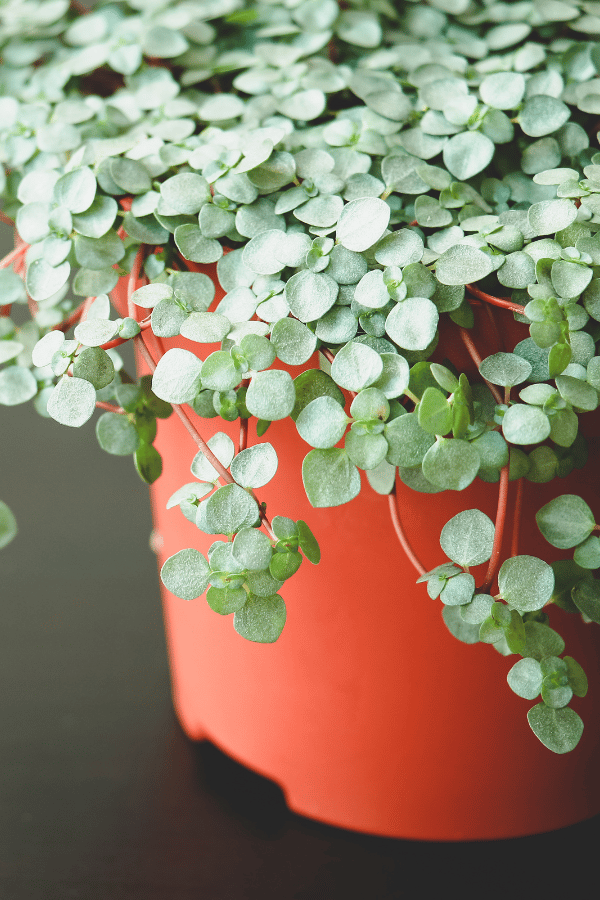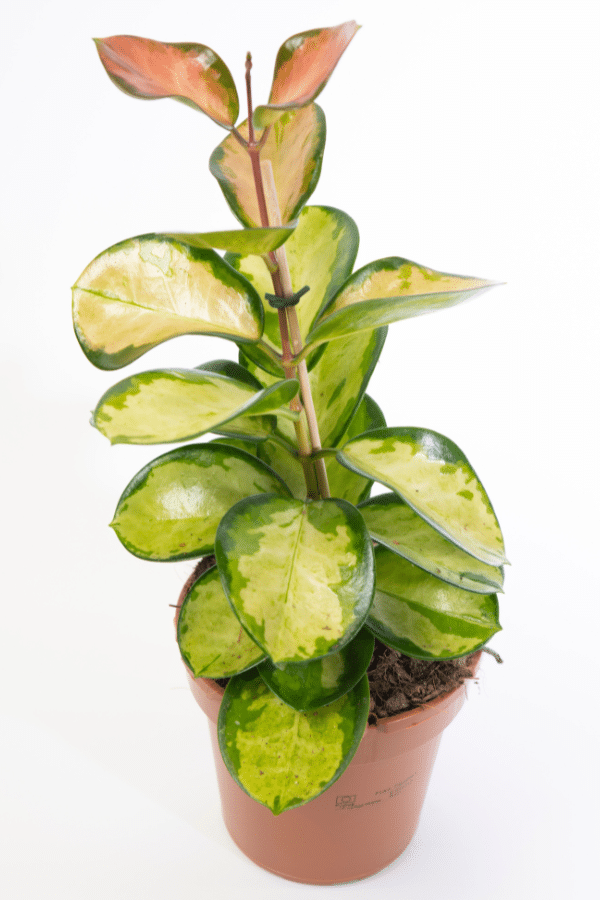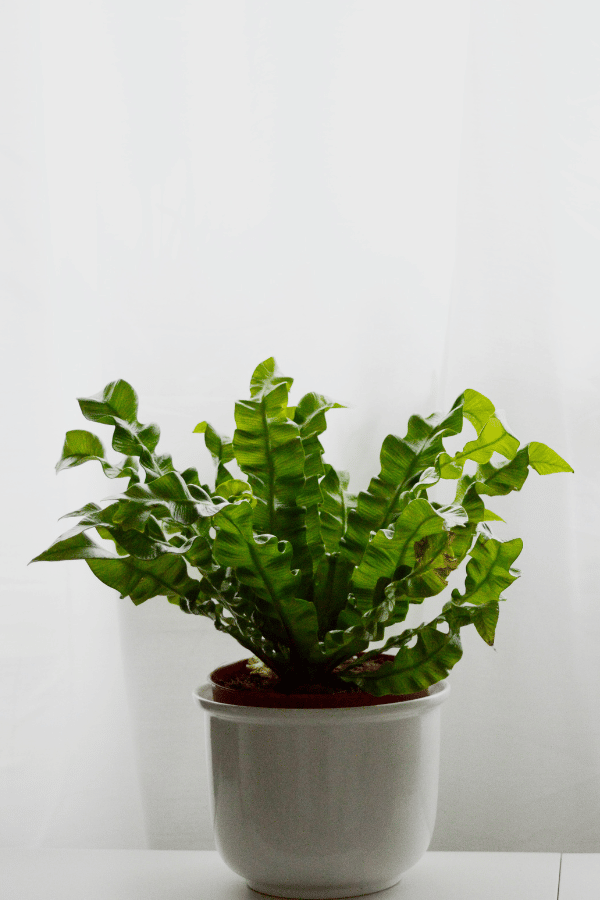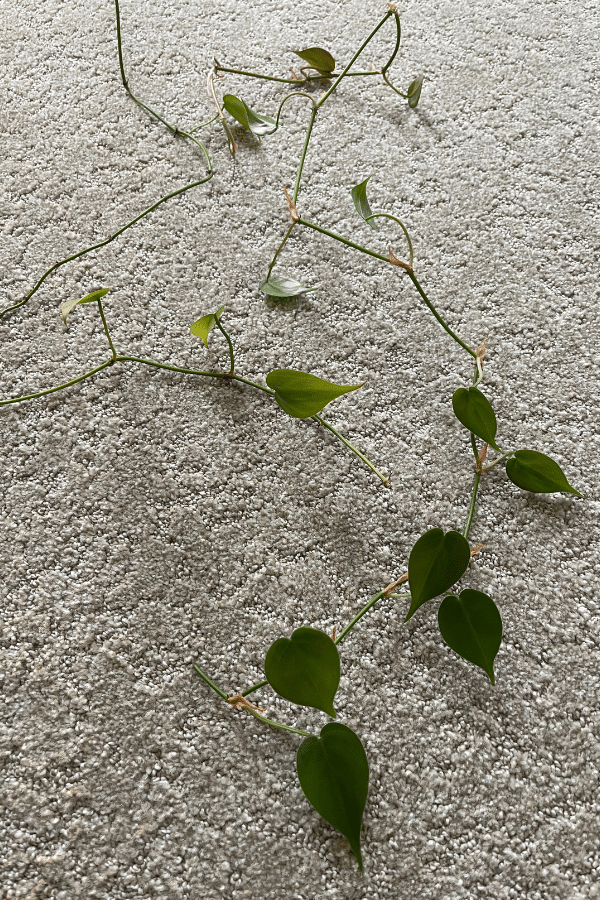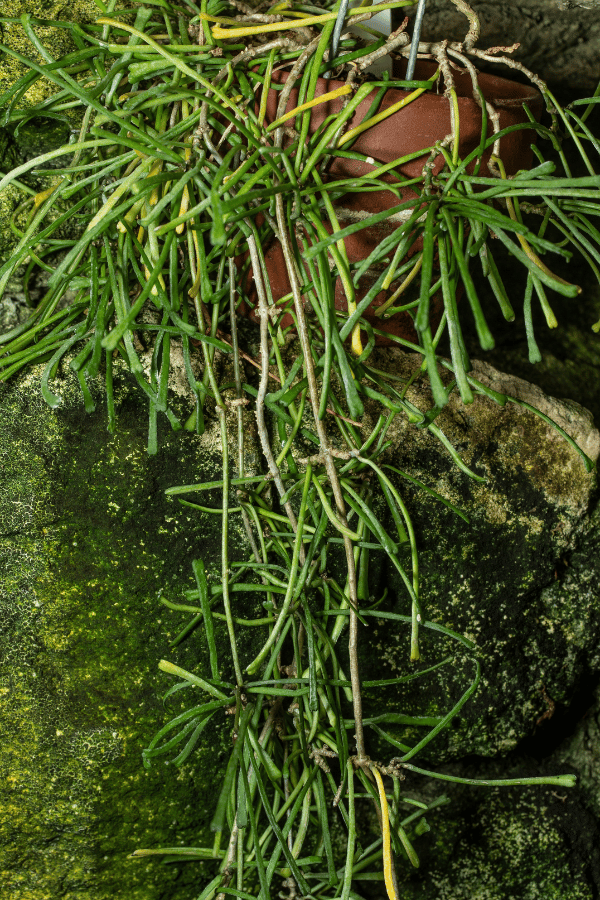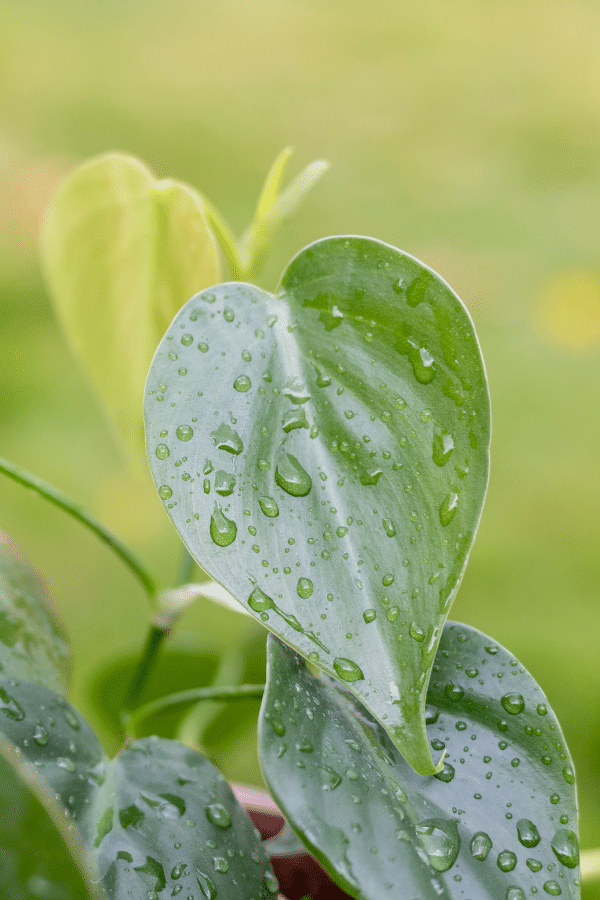Glacier Pothos vs Manjula
You’ve heard of Glacier Pothos and Manjula Pothos, two plants that are often confused with each other. If you’re reading this, you’re probably curious about the differences and similarities between Glacier Pothos and Manjula, which we’ll cover in this article.
Glacier Pothos is known for its variegated leaves that are predominantly green with white variegation. It’s a fast-growing plant that can thrive in low to bright, indirect light. On the other hand, Manjula Pothos has leaves that are variegated with white, green, and silver. This plant is slower growing than Glacier Pothos and prefers bright, indirect light.
Glacier Pothos Overview

If you’re looking for a low-maintenance houseplant that is easy to care for, the Glacier Pothos might be a great option. This plant is a cultivar of the Epipremnum Aureum species known for its unique variegation. The leaves of the Glacier Pothos are a combination of green and white, with the white portions having a silvery sheen.
One of the benefits of the Glacier Pothos is that it is a hardy plant that can thrive in various lighting conditions. It can do well in low light but will grow faster and have more vibrant colors if it receives bright, indirect light. Additionally, this plant tolerates irregular watering and can go for extended periods without being watered.
Caring for Glacier Pothos, you’ll want to make sure to let the soil dry out before watering the plant and give it good light. Give it average to high humidity levels and fertilize when the plant is putting out new growth, usually in the spring and summer and sometimes in late fall and winter.
Manjula Pothos Overview

Manjula Pothos is a popular cultivar of Pothos, also known as Epipremnum Aureum. The Manjula Pothos has unique variegated green and white leaves with kind of “crinkled” leaves. It is a slow-growing plant that can reach up to 6 feet in length.
One of the benefits of Manjula Pothos is that it is low-maintenance. It can tolerate a range of light conditions, from low to bright, but prefers bright, indirect light. It can also tolerate drier soil. Water it only when the top inch of soil is dry to the touch.
If you want to propagate Manjula Pothos, you can easily take stem cuttings and root them in water or soil. It is a great way to share this beautiful plant with friends and family. However, know that Manjula Pothos is a patented houseplant, so propagating cuttings for resale is not allowed unless you have the right to sell them.
Differences Between Glacier Pothos & Manjula Pothos
When it comes to choosing between Glacier Pothos and Manjula, there are a few key differences to consider.
Appearance
Glacier Pothos and Manjula both have green and white variegated leaves, but Glacier has more green spots than white. Manjula has more white spots than green and curled leaves.
Size and Growth Rate
Glacier Pothos tends to grow more slowly and stay smaller than Manjula. If you’re looking for a plant that will remain relatively compact, Glacier Pothos might be the better choice. However, if you want a larger, more impressive plant, Manjula might be the way to go.
Light Requirements
Both Glacier Pothos and Manjula prefer bright, indirect light. However, Glacier Pothos can tolerate lower light levels better than Manjula. If you have a room with less natural light, Glacier Pothos might be the better option.
Watering
Both plants prefer to dry out slightly between waterings, but Glacier Pothos can tolerate being a bit drier than Manjula. If you tend to forget to water your plants, Glacier Pothos might be a more forgiving choice.
Maintenance
Both Glacier Pothos and Manjula are relatively low-maintenance plants. However, Glacier Pothos tends to be more forgiving of neglect than Manjula. If you’re new to plant care or tend to be forgetful, Glacier Pothos might be the better choice over Manjula.
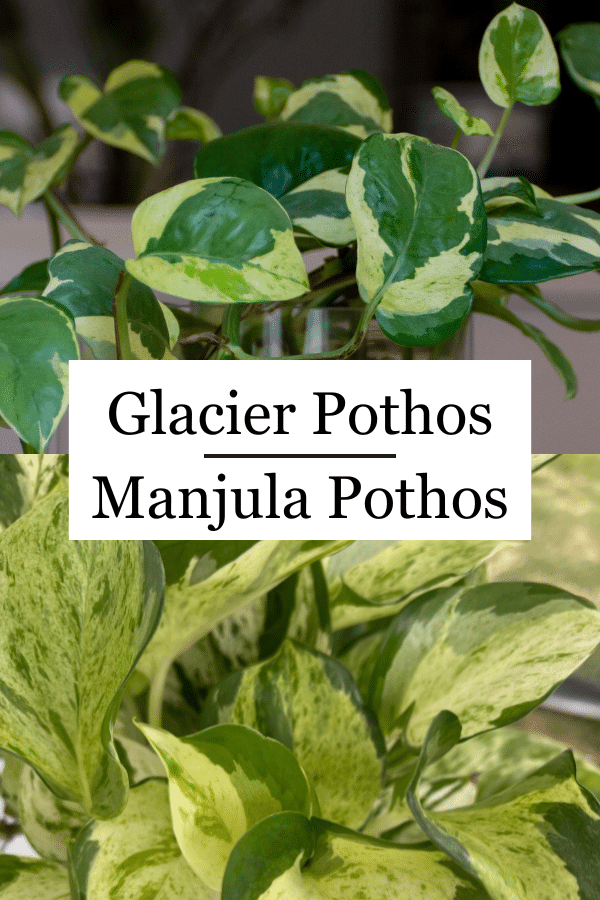
Similarities Between Glacier Pothos & Manjula Pothos
When it comes to similarities between Glacier Pothos and Manjula, there are a number of them that make them both popular choices for houseplants.
Variegated Leaves
Both plants have variegated leaves, meaning they have a mix of green and white coloring.
Growth Habit
Glacier Pothos and Manjula are both vining plants, meaning they can be trained to climb up walls or trellises. This makes them great for adding a touch of greenery to a room without taking up too much floor space.
Air-Purifying
Pothos are known for their air-purifying properties and these two plants are no exception. They can help remove toxins from the air, leading to improved air quality and a healthier living space.
Toxicity
Epipremnum Aureum genus are toxic to pets and humans. Do not consume any part of this plant and always wash hands after handling it. Keep these plants out of reach of small children and household pets.

